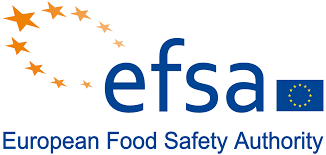Chemycal has been acquired by 3E
Learn MoreChemycal has been acquired by 3E
Learn MoreDiscover how Chemycal PRO helps you boosting your regulatory monitoring:

ABSTRACT - In accordance with Regulation (EU) No. 16/2011, the exceedance of a legal limit, i.e. ‘non‐compliance’ with a regulatory framework (European or National) does not systematically trigger a RASFF notification. An evaluation on the level of risk is necessary to decide if a notification should be issued.
EFSA was requested to propose a risk evaluation methodology that would allow a rapid and consistent risk‐based classification of RASFF notifications. The methodology aims to provide a transparent set of criteria that can support the decision whether to notify in RASFF and increase transparency and harmonization.
The methodology was developed for evaluation of contaminants (arising from food contact materials, pharmacologically active substances and other food contaminants) in food. The risk evaluation is based on the assessment of toxicological properties and dietary exposure. The result, expressed as the comparison of exposure to a relevant toxicological reference point, can be classified as no risk; low probability of adverse health effects or low concern for public health; potential risk; or risk.
To facilitate the evaluation, the “Rapid Assessment of Contaminant Exposure (RACE)” tool was developed. It uses food consumption information from the EFSA Comprehensive European Food Consumption Database to provide estimates of acute and chronic exposure from single foods and compares the result to the relevant toxicological reference points. The implementation of the FoodEx2 (food categories) and PARAM (hazards) controlled terminologies in the RASFF system is recommended to improve harmonization and facilitate the evaluation.
CONTINUE READING ON www.efsa.europa.eu
2013 © MyChemicalMonitoring. ALL Rights Reserved. About Us | Terms and Conditions